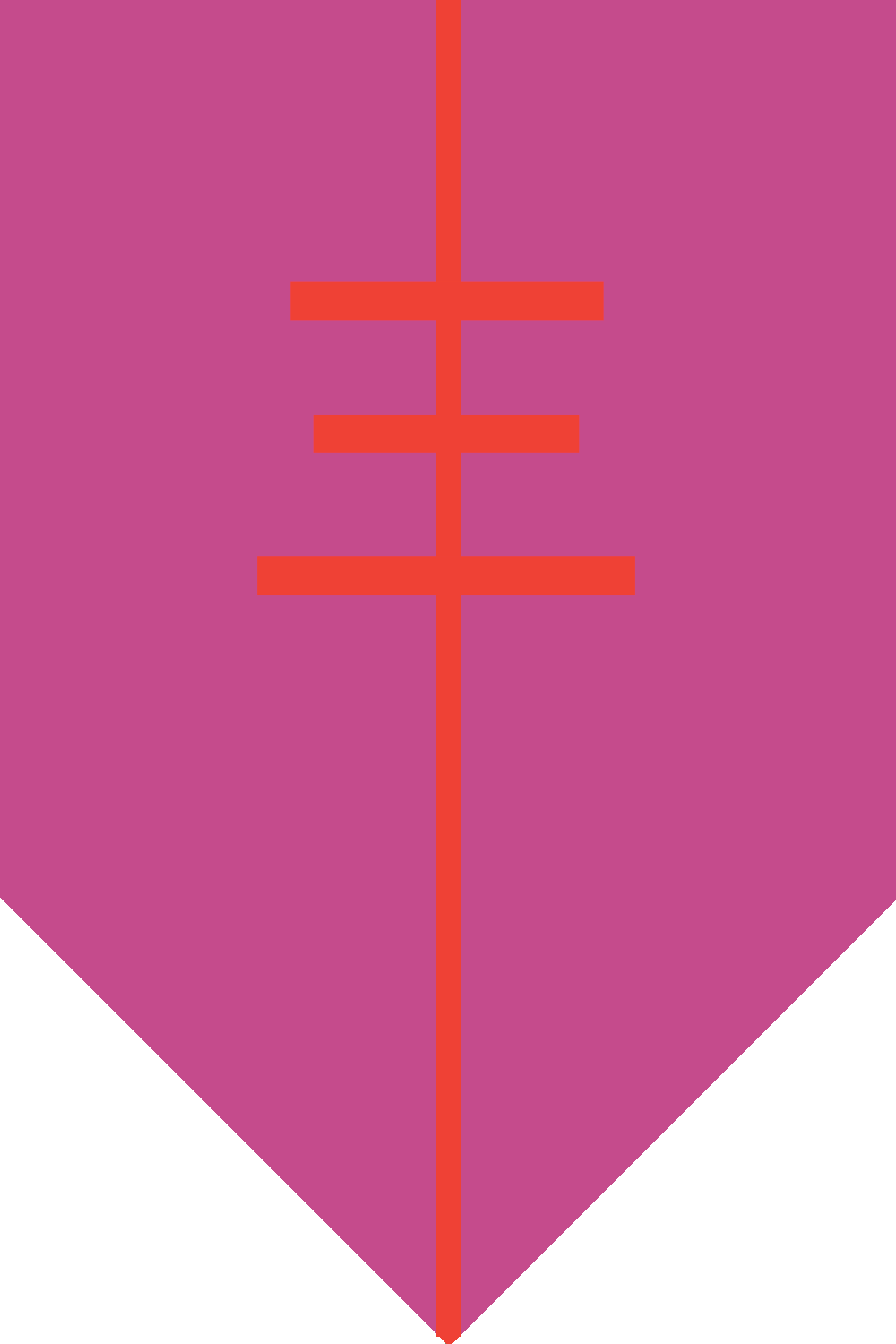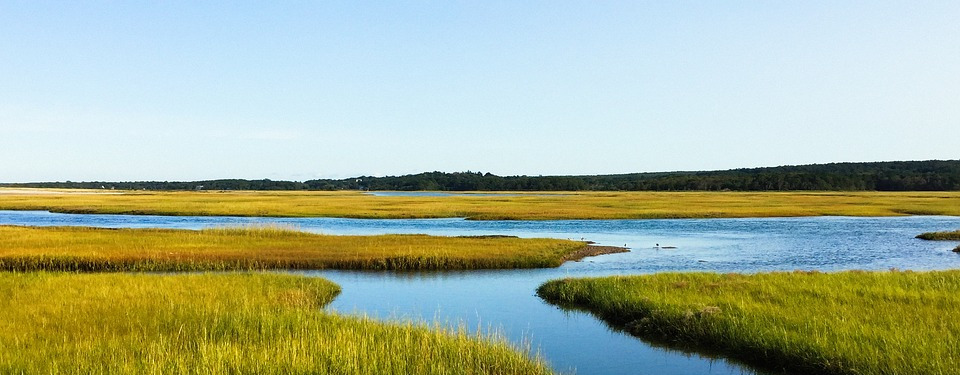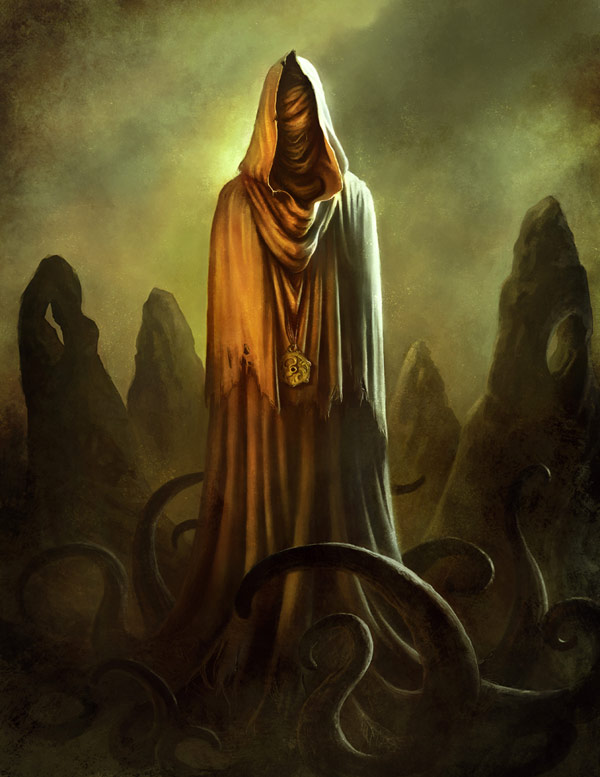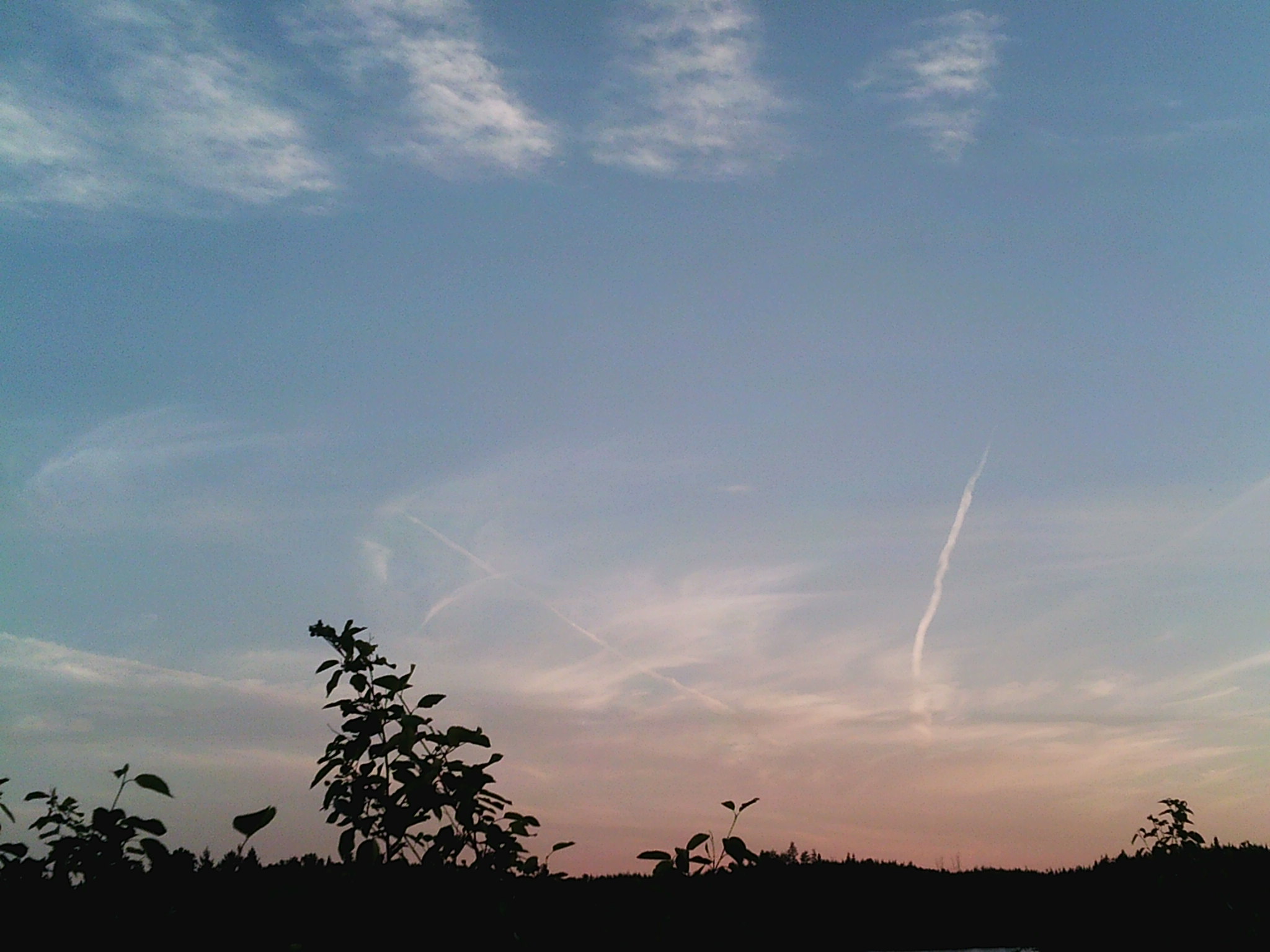Pestrib
Children of the Sun
The Pestrib are well-organized, tough, and smart to match. They were the first civilization to spring up, and they stood standing through over five thousand years of history. I have nothing but the utmost respect for their abilities. But, as a border commander, I also have my orders to defend my state against them.The Pestrib are an ethnic group of Brown Halora concentrated in the southeastern regions of Zentland. They form the majority of the Kalian League, and are said to be one of the oldest civilizations in the world. They have not much distinguishing marks, but over 80% of the population has blue eyes, with a sizeable green-eyed minority. Their plumage tends to be darker in color compared to the Brown Halora in other regions.
Naming Traditions
Unisex names
What? Why can't I be Catherine? It's a feminine name? What's a feminine name?In the Pestrib culture, there are no masculine or feminine names. Due to their logographic language, in which each character represents a word, each name has a given meaning. For example, the naming call for both a famous female astrologer as well as a male general means "iron and ice". However, some names slightly skew males, and some for females.
Family names
I am William Orewood of Linsent Gate, for example. Our family names derive from the original villages we came out of.The Pestrib have three names: the clan name, the matrilineal family name, and the first name. The original Pestrib were divided into nineteen regional tribes, which later conglomerated into a tribal union. Each of the regional tribesmen, wanting to keep their tribal identity, took on the name of their tribe. For example, one might fashion himself "Eren of Arcum Mors", if he or she originally came from that tribe. Besides the tribal name, there were also the matrilineal family name. This name was passed down from mothers to daughters, and generally came from a specific agrarian village. This name was said to have originated from the population boom following the establishment of the Kalian League, where the populations of Linsent and Port Nora surpassed 25,000. After this boon to population, more and more people took on surnames based on their location, or their occupation. While there are by now over five thousand surname calls, most of the surnames are extremely rare, and the collective expression for the Pestrib is still "People of the Hundred Names". Those hundred surnames make up 94% of the Pestrib population.
Culture
Major language groups and dialects
Culture and cultural heritage
Those Kali-worshippers with their rituals... such pagans. The one god is Tukod and all should bow before him!Rituals were held once every planetary month in large urban centers. Smaller villages generally celebrated rituals at least once every year. The content of the ritual was determined by the ruling (and later non-ruling) priest class. The ritual content tended to depend on several things.
- The phase of the planet (gas giant)
- Equinoxes and Solstices
- The success of the village
- Commemoration of historical events
- The phase of agriculture (harvest/sowing etc.)
Art & Architecture
Towers spiral up to the sky: turrets, elegantly built out of sandstone. The art here is heavily based on curves; even their roads form a coil out from the city center.The architecture of the Pestrib most emphasizes a merger with nature, with large, communal nests (and later houses) built around tall Turrim trees or large Kava plants. On the ground level, there are many short, squat, one-story stone buildings. These buildings generally serve an administrative and mercantile purpose: the residential trees are all far above. First built out of sandstone or marble, they are generally immune to the firebombing that happens occasionally during Pestrib wars, and therefore serve as fortress areas and barracks.
Common Customs, traditions and rituals
Ideals
Gender Ideals
Major organizations
2,000,000 to 4,000,000
Notable
Nora Pestrib
Children of the Sun
Author's Note
The halora was the most relatable race of sentient species for me. It is not strong, nor immortal. The species is not stubbornly analytical and near-perfect, like the Sigitor. Instead, it is human: maybe even more so than humans themselves. Their world is fading, their age is ending; it seems the Sigitor will dominate the centuries to come, being simply better equipped than them. But a Sigitor is too lofty to really respect anyone outside their own race. They will not fight unless it is in their own interest, in their own small game of world-chess. They were raised by the moon, indeed, and the moon's cold light did little to instill in them their passion, their compassion, and soft skills. A Child of the Sun will raise their spear and fly at your back at a moment's notice, as a friend. And still, the Halora has a promise, written in myth. Their legendary founder still is said to return when she is needed, and her cross still shines bright in the sky, a symbol of love and compassion. Maybe the embattled species has hope indeed...Banner of the Pestrib

Remove these ads. Join the Worldbuilders Guild












"After this boon to population,"I think u meant boom, lol :) no other grammar stuff i noticed though. I like the detail you give, just enough to be thorough but not enough to lead to boredom. I also like your quotes. I would suggest during your final editing to throw more info at the sidebar which is kinda underused. Maybe the gender ideals? Which brings me to my question. I love that you actually take time to specify that both the flight and heaviest weight lifted record were done by females. This got me thinking about how that work as far as beauty ideals go which i didn't see in the article. How do they view both physical and mental beauty and are males more?..idk how to put it, "ripped" theb males?
Hmm interesting, will consider that!
Now the myth, sorry i forgot it was called kuva and didn't catch it. Its a lovely myth and is structured the exact way it should be. It felt a lot like some of the native American stories and that adds a lot. I know understand the myth behind the kuva lol I then noticed that u make a statement about the dolphin like race. I suddenly realized i dont know what the pestrib look like. I scroll up and can't really find it. AM I MISSING IT? Have I gone word blind?
Ah, yes, I'm not really messing with it right now since I dont know how exactly I want them to look like. You can get an idea in the species article of the Brown Halora. Kinda pheasant-ish is how I'm thinking as of now.
Oooooo well then now i see my comment was kinda stupid. I was under the impression they were human like....wow that slipped by me.. Sneaky lol. But the myth does add a pretty cool bit of flavor. I love how you wrote it.